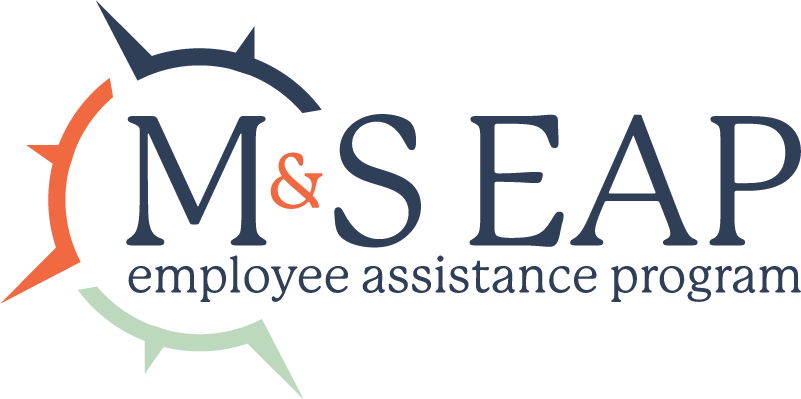Temporarily Switching the Roles

In a work environment, it’s usually the managers job to do all the teaching, and the jobs of the employees to do all the learning. Whether it’s training new employees, giving everyone a tutorial on a new procedure or going over corporate’s quarterly game plan, it usually falls to the supervisor to pass information to their employees.
What if that was flipped? What if employers took the time to learn a thing or two from their employees? We’re willing to bet there are lots of valuable lessons and experiences to be gained from letting the employees be the teachers.
1. That your job is worthwhile and exciting
This is a lesson most easily learned from new hires. New employees, while still learning about the ins-and-outs, tools and tactics of their job, also bring with them fresh perspectives, unique ideas and enthusiasm.
While they might highly value their job, someone who has been working the same position for years is likely to be carrying out their to-dos as a form of habit. This can lead to the job feeling dull, repetitive and limited. Bringing in a new hire, on the other hand, can breathe new life, new ideas and more effective strategies into the workplace. Plus, their enthusiasm offers a good reminder of why you were excited to work here in the first place, possibly providing you with newfound drive and excitement yourself.
2. It’s thrilling to try something new and different
Most employees have, at some point, taken on a project or task somewhat unrelated to their job. Perhaps it was way out of their comfort zone, but they gave it their best shot and viewed it as an opportunity to grow their skill set and challenge themselves.
The lesson here lies in the truth that challenging yourself is lifegiving and rewarding. Your employees have the opportunity to be challenged frequently, but do you? If you can’t remember the last time you worked through a project out of your range of know-how and completed it successfully, maybe hold onto that assignment you were going to hand out at next week’s meeting. See if you yourself can get it done, and who knows, you might learn a new skill or gain appreciation for your employees on a whole new level.
3. It’s okay to have a good time at work
After all, you spend most of your waking hours at your place of employment. Employees nowadays are valuing more and more the importance of a work-life balance, striving to make mental health as much a priority as physical health. One of the ways you might see this throughout the office is the community your employees have built amongst themselves.
While you might be tempted to panic and hurry everyone back to their desks, it’s important to remember that not everyone can sit at their desks for 8 hours a day and be productive. Getting up, walking around, chatting with the others in the office and building relationships isn’t just good for workplace culture, it’s beneficial to productivity, teambuilding and creativity. Talking amongst themselves offers employees the chance to gain advice and wisdom, suggestions and sympathy (we all need to vent at times), and even encouragement from each other.
4. Not everyone has the same needs
The workplace is multi-generational, with seasoned veterans working alongside entry-level employees. While having fresh faces learn from the wisest and most experienced is invaluable to passing information, it can undoubtedly lead to conflict at times. What’s the lesson to learn here? That not everyone responds well to being treated the same.
While this might seem like a no-brainer, it’s still an important concept to address. Each individual employee has unique needs that can’t be handled in a one-size-fits-all manner. The younger generation is likely to be clued into mental health needs, and is therefore likely to ask for mental health days to be considered. On the other hand, individuals who’ve worked with the company for longer might request additional benefits or a raise. Based on the unique priorities of different employees, their needs will also be different, and shouldn’t be taken for granted.
6. That they have a lot going on
If you take the time to talk with your employees and get to know them a little more personally, you’ll quickly realize they have a lot going on. Maybe they work a remote freelance position to help cover costs, or perhaps they have ongoing difficulties with their own or a family member’s health. Whatever it might be, your employees do more than just work at their desks.
While this might be a no-brainer, it’s important to keep in mind. That way, when someone asks for a day off, adjusted hours or a long lunch break, you can understand why. Building trust in this way promotes a healthy culture and honest communication between yourself and your employees.
Providing additional services
Taking care of your employees not only encourages productivity and focus in the workplace, but it allows them to feel seen, cared for and appreciated. By taking the steps to care for your employees, you’ll quickly see a positive outcome.
For more information on how best to serve your employees, contact Mazzitti & Sullivan EAP today at 800-543-5080.



